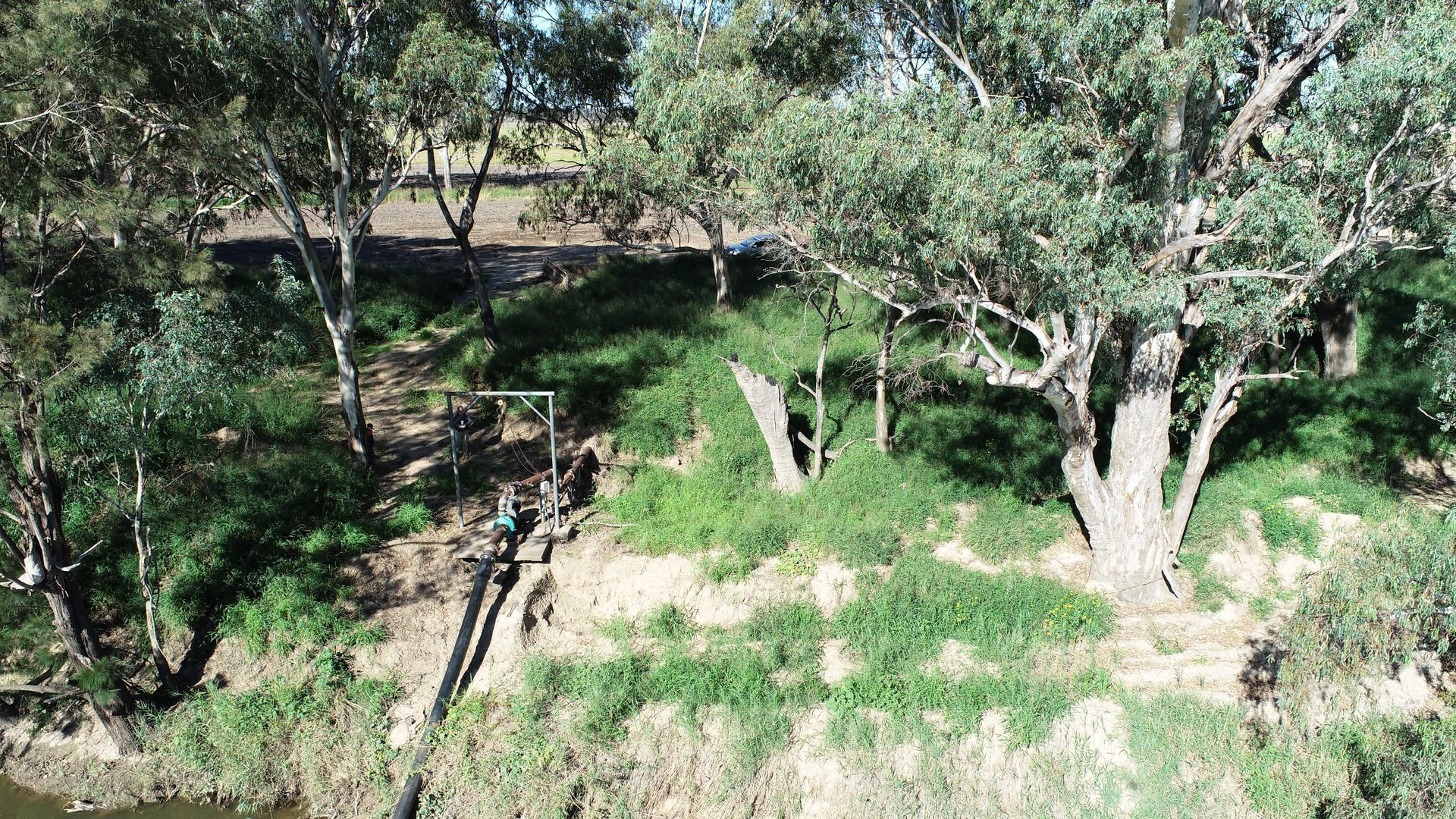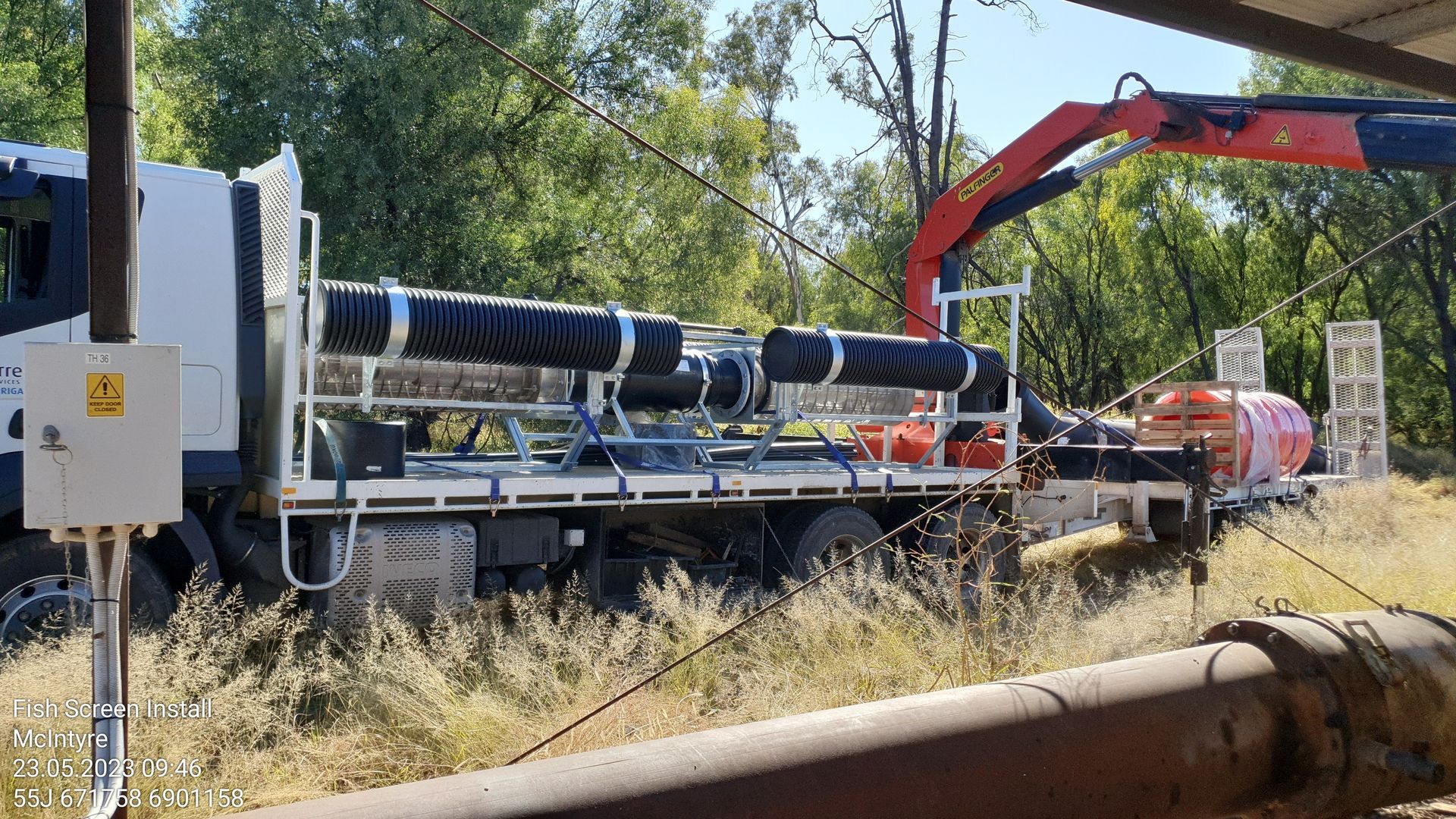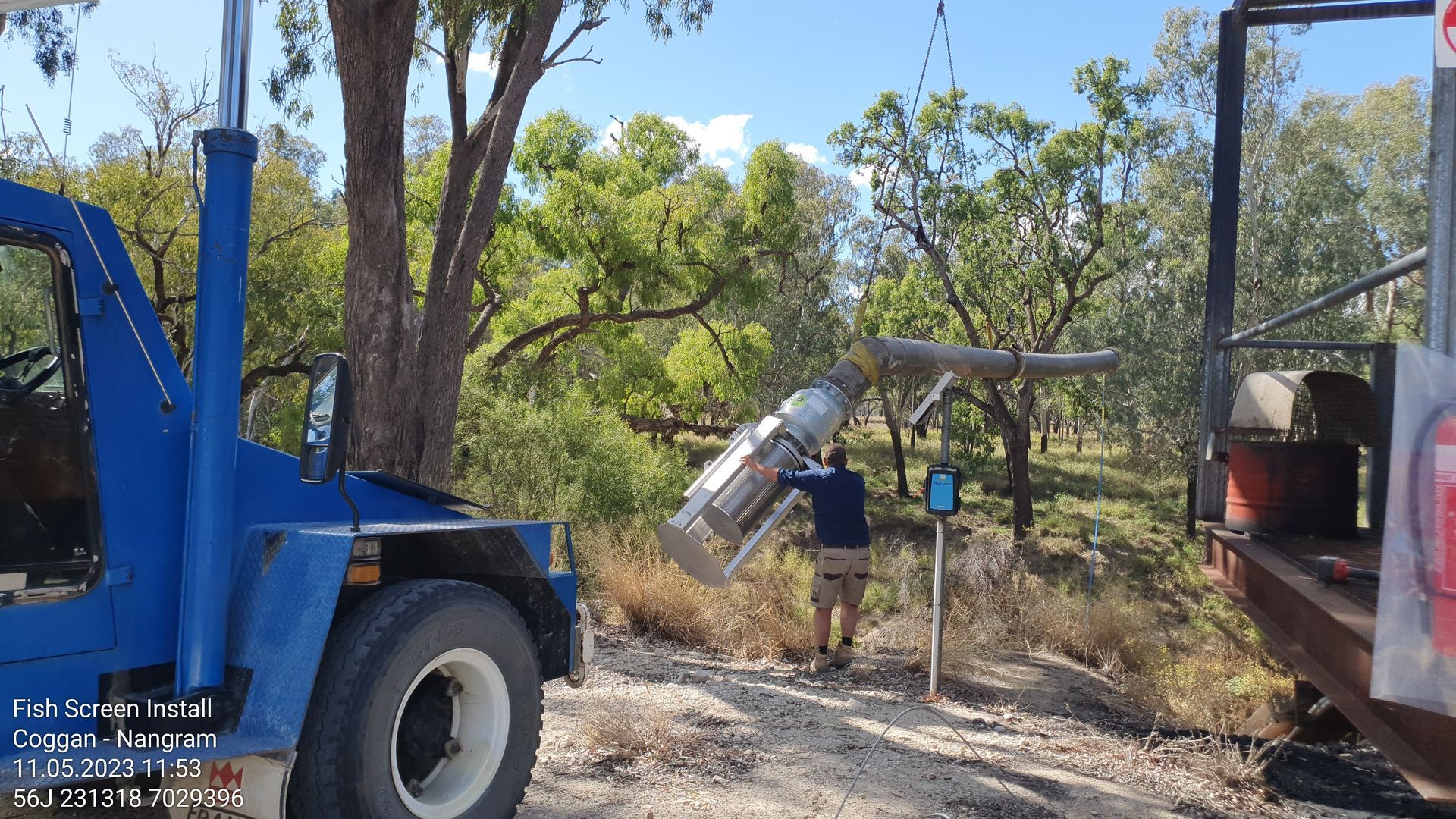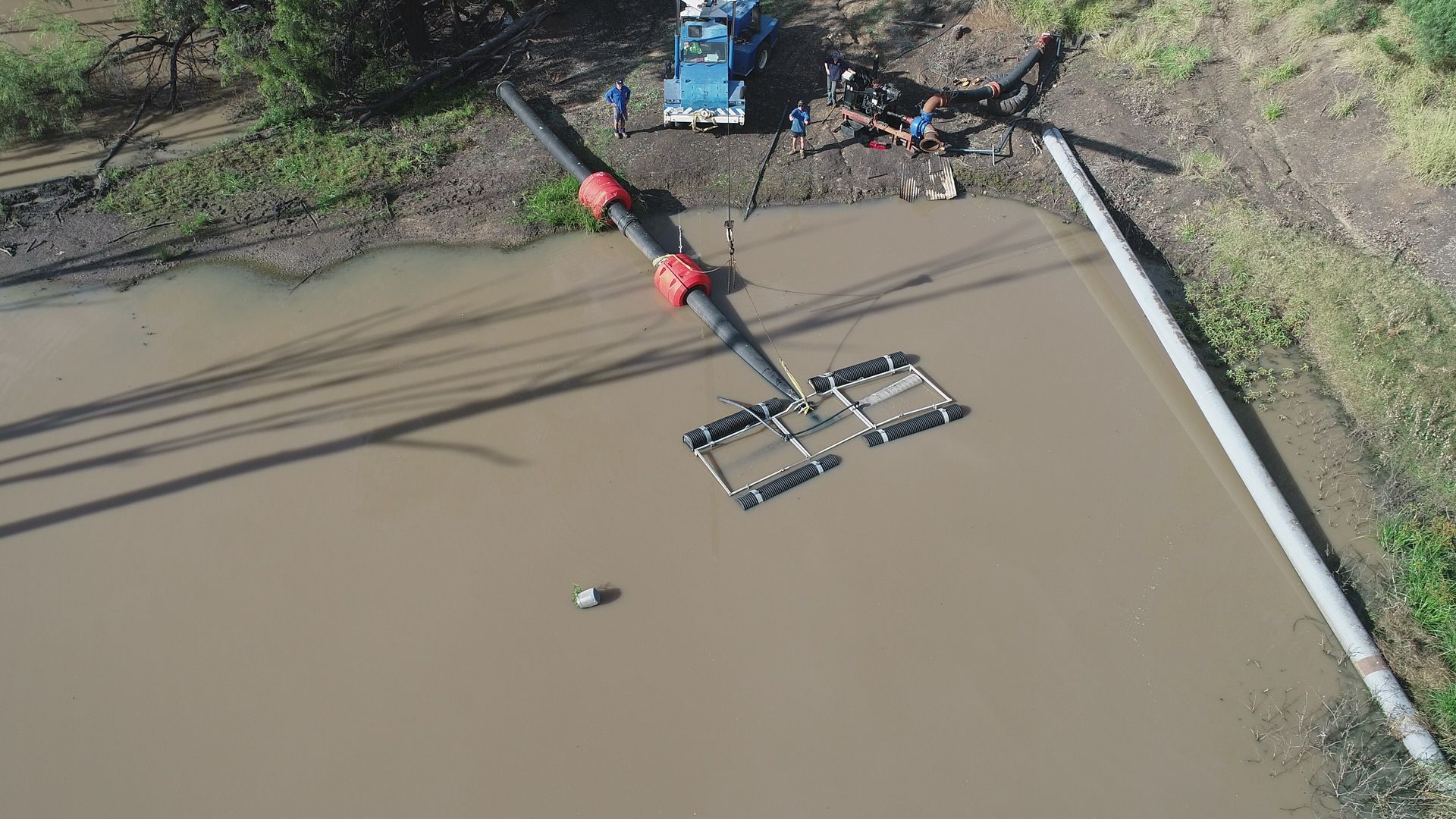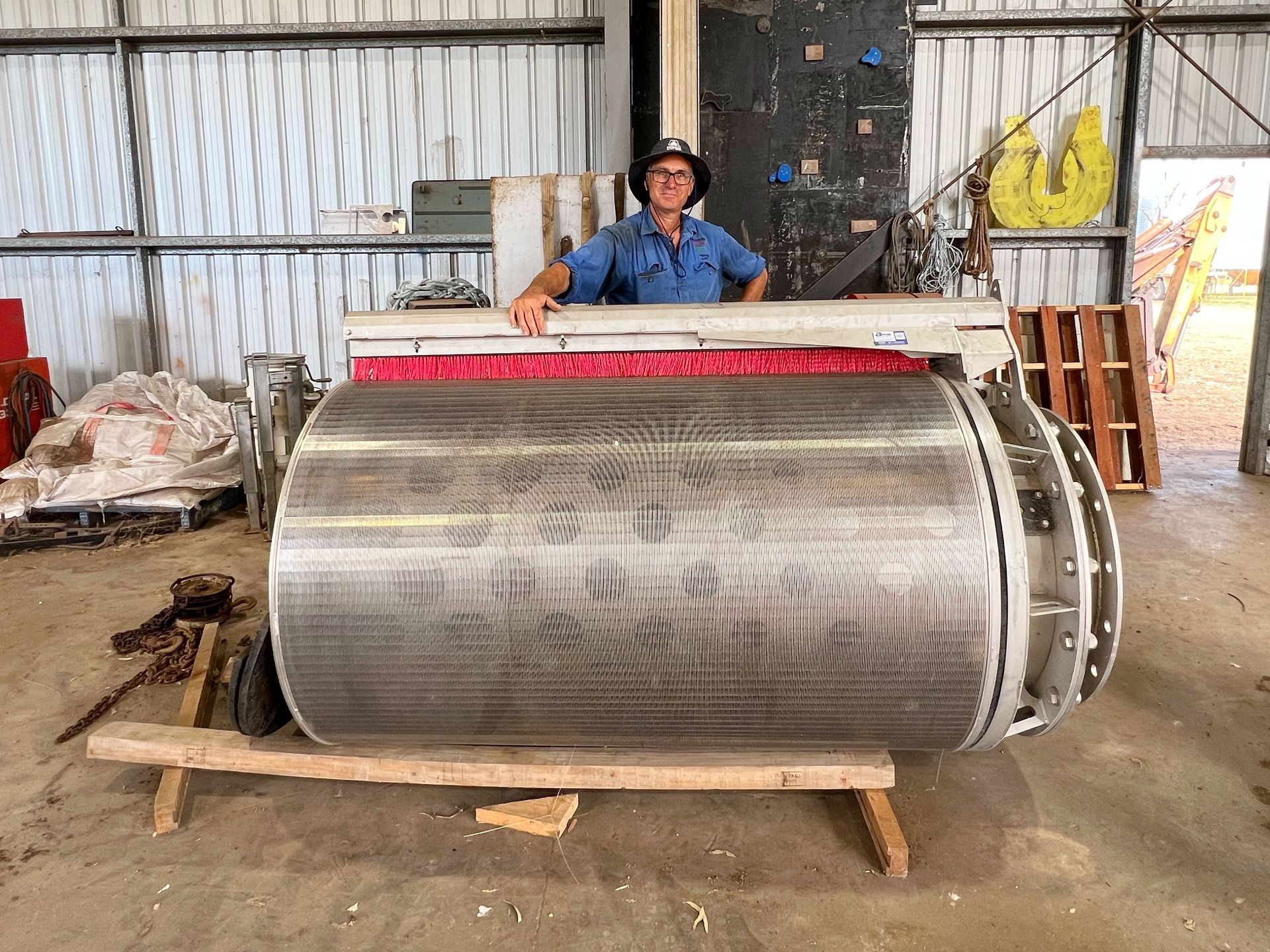Working with nature, not against it is a well-worn cliché much easier to say than do but it’s being achieved by Paul and Julie Maher at ‘Pinelands’, Millmerran, Queensland.
For much of their 21 years on their 405 hectare property, work off farm dictated how things were done with the Mahers running mainly a cropping enterprise with some beef production. However, in more recent years, a move to full time farming has led to a better balance for people, animals, finances and perhaps most significantly, the property itself.
“Life is certainly less stressful, and we now find ourselves sitting back and enjoying what is a more natural way to farm with less artificial inputs, much less cropping and managing stocking rate to feed availability. It’s just a much nicer place to be,” Paul Maher says.
Southern Queensland Landscapes joined forces with the Mahers to improve the soil health and stability initially across two sites: a cropping paddock planted to oats and other species for winter feed and a paddock that had gully erosion.
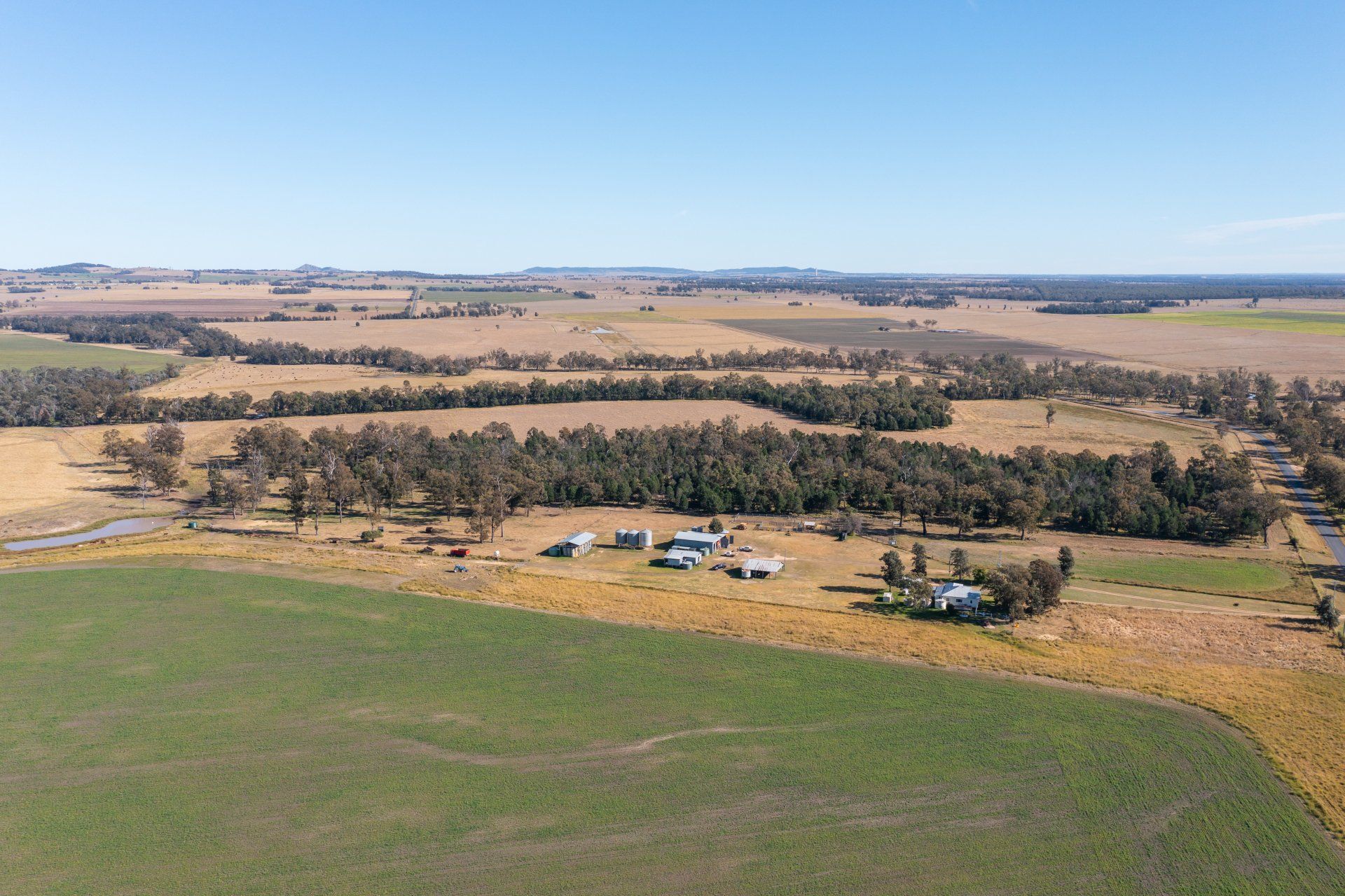
“Life is certainly less stressful, and we now find ourselves sitting back and enjoying what is a more natural way to farm with less artificial inputs, much less cropping and managing stocking rate to feed availability. It’s just a much nicer place to be,” Paul Maher says.
In the winter feed paddock, multiple soil tests were conducted to set a baseline to measure against. Then 16 hectares of oats were planted along with a multispecies crop, also including oats, and compared against the rest of the site. The benefits of the multiple species planting of vetch, field peas, radish, turnip and forage rape were significant, with improved topsoil characteristics.
“A diversity in soil biology increases nutrient uptake and overall plant health, giving better carbon sequestration which can help with increased water holding capacity, structure and nutrient levels,” explains Jess Bailey from FARM Agronomy.
Soil health is measured in many ways, not just levels of key elements through soil tests. Water infiltration, weeds species, visual colour and structure of the soil, change in root systems, the presence of worms and other soil life and livestock carrying capacity are all important other measurements.
Jess is excited by the opportunities that come with the new approach and in future, may change the ratio of species in the mix depending on what they are trying to achieve.
Now the Mahers are running 300 head of cattle and the winter feed of mixed species is having good results for winter weight gain, allowing them to turn off 100 bullocks annually.
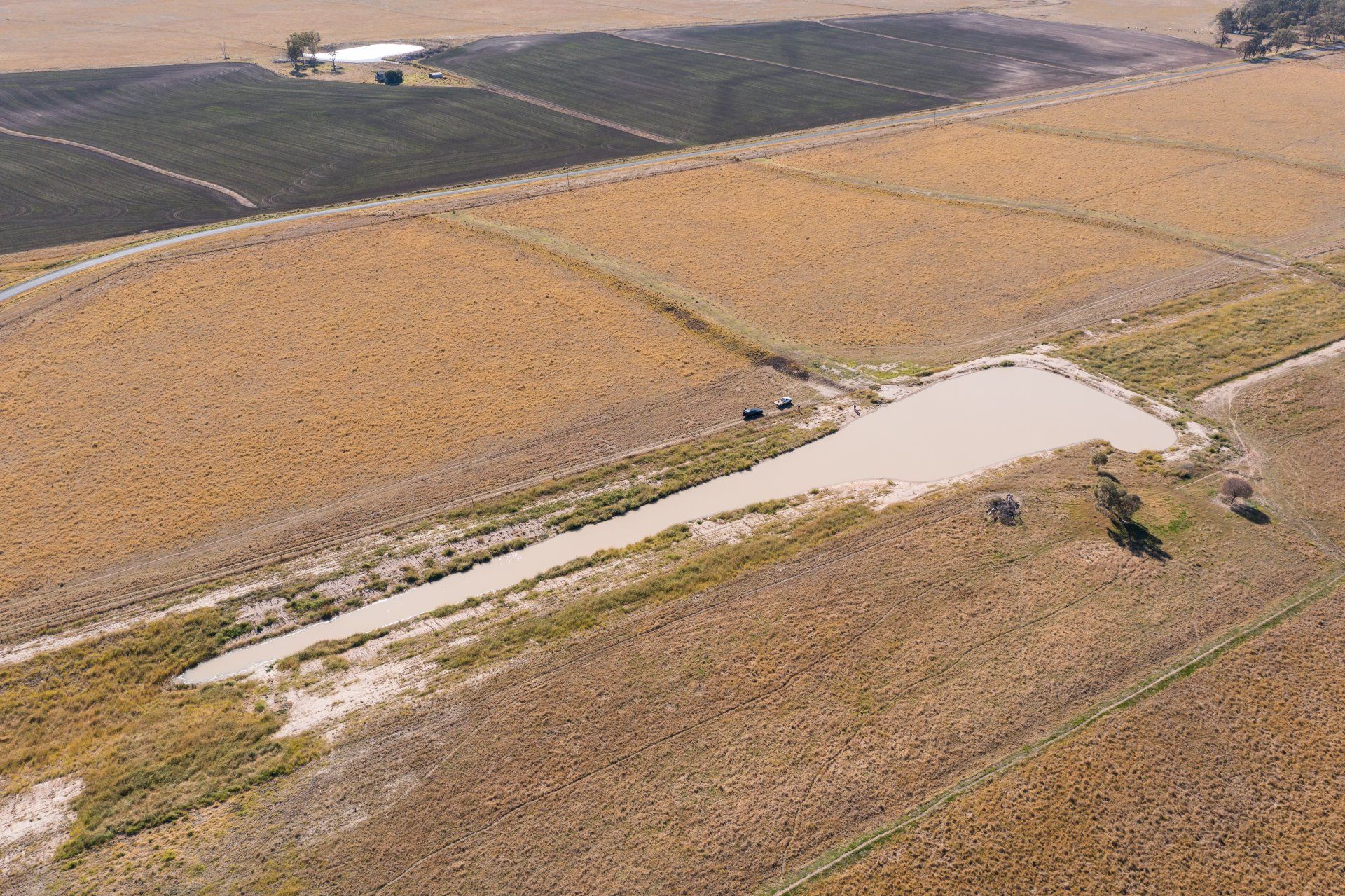
“It has simply made a great area out of what was pretty average landscape with bad gully erosion," said Rebecca Kirby
“Cropping was simply not working for us and the drought hit particularly hard,” adds Paul.
“Having so many increasingly expensive inputs of seed, fertiliser and sprays all adds up and when it doesn’t rain, there is very little return for this investment. It just didn’t suit our country or ourselves.”
The property has since moved to multispecies plantings of grasses across ‘Pinelands’, with a mix of Rhodes, bambatsi and digit grasses across the heavy black brigalow country, box and lighter sandy soils.
The second site the Mahers aimed to improve was an area of gully erosion they inherited which hadn’t been assisted by the cropping enterprise. They joined forces with Millmerran Landcare to tackle the problem.
After gaining a range of professional advice, the Mahers decided to stabilise the banks and using the eroded area as a water storage facility. Local contractors were engaged to complete the work at a cost of about $20,000 which was partly offset by $3,000 of funding from Southern Queensland Landscapes.
The area was then permanently fenced off to exclude livestock and planted with species including Rhodes grass, oats, lucerne and Bambatsi grass. Contour banks were also reworked with a laser leveller to help spread water across the paddock and redirect water to rehydrate the landscape.
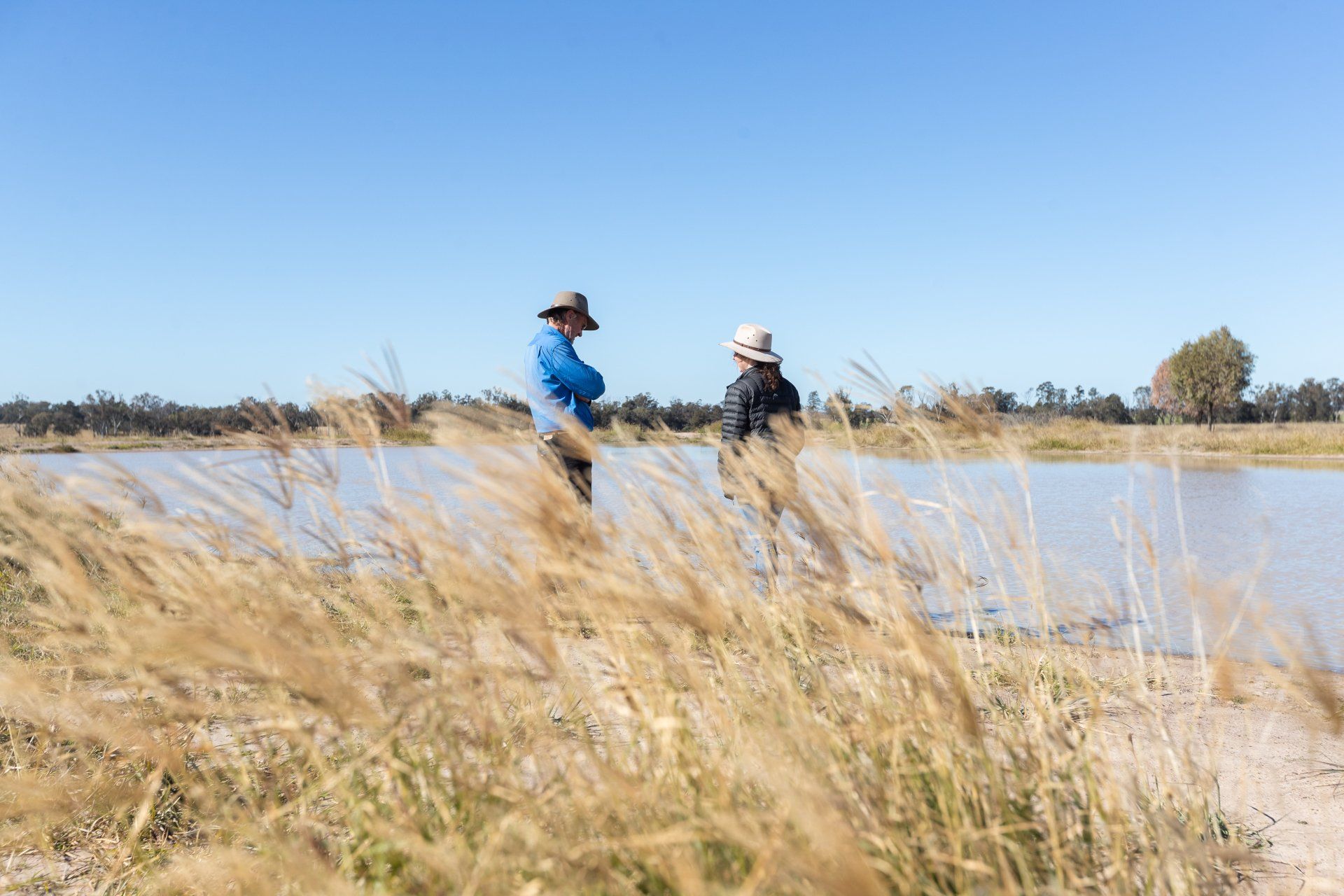
“Natural sequence farming and regenerative agriculture makes a lot of sense on a lot of levels.”
Rebecca Kirby from Millmerran Landcare gets a lot of pleasure from seeing this rehabilitation.
“I have been travelling past this area for a long time and it is just a brilliant site, it’s now full of biodiversity that comes with all that ground cover, not to mention the water storage, you can never have too much of that,” Rebecca says.
“It has simply made a great area out of what was pretty average landscape with bad gully erosion.
“Natural sequence farming and regenerative agriculture makes a lot of sense on a lot of levels.”
For Paul Maher, doing this type of work is also really important.
“Every farmer I’ve ever met wants to leave their place in a better state than they found it and thanks to the changes we have made, I am sure we are doing this,” concludes Paul.
To learn more about Paul Maher’s journey with improving soil health on his farm, watch the full-length video
here
This project is funded by Queensland Government’s Natural Resources Investment Program.
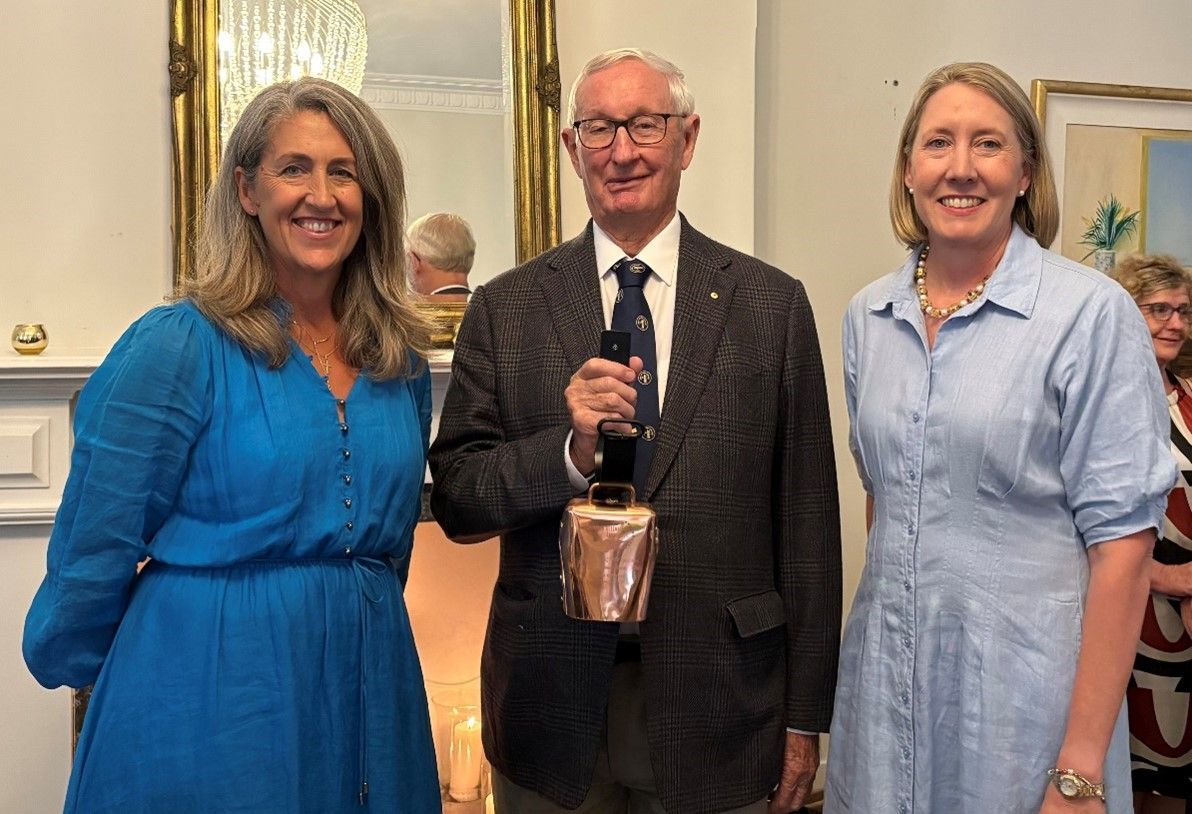
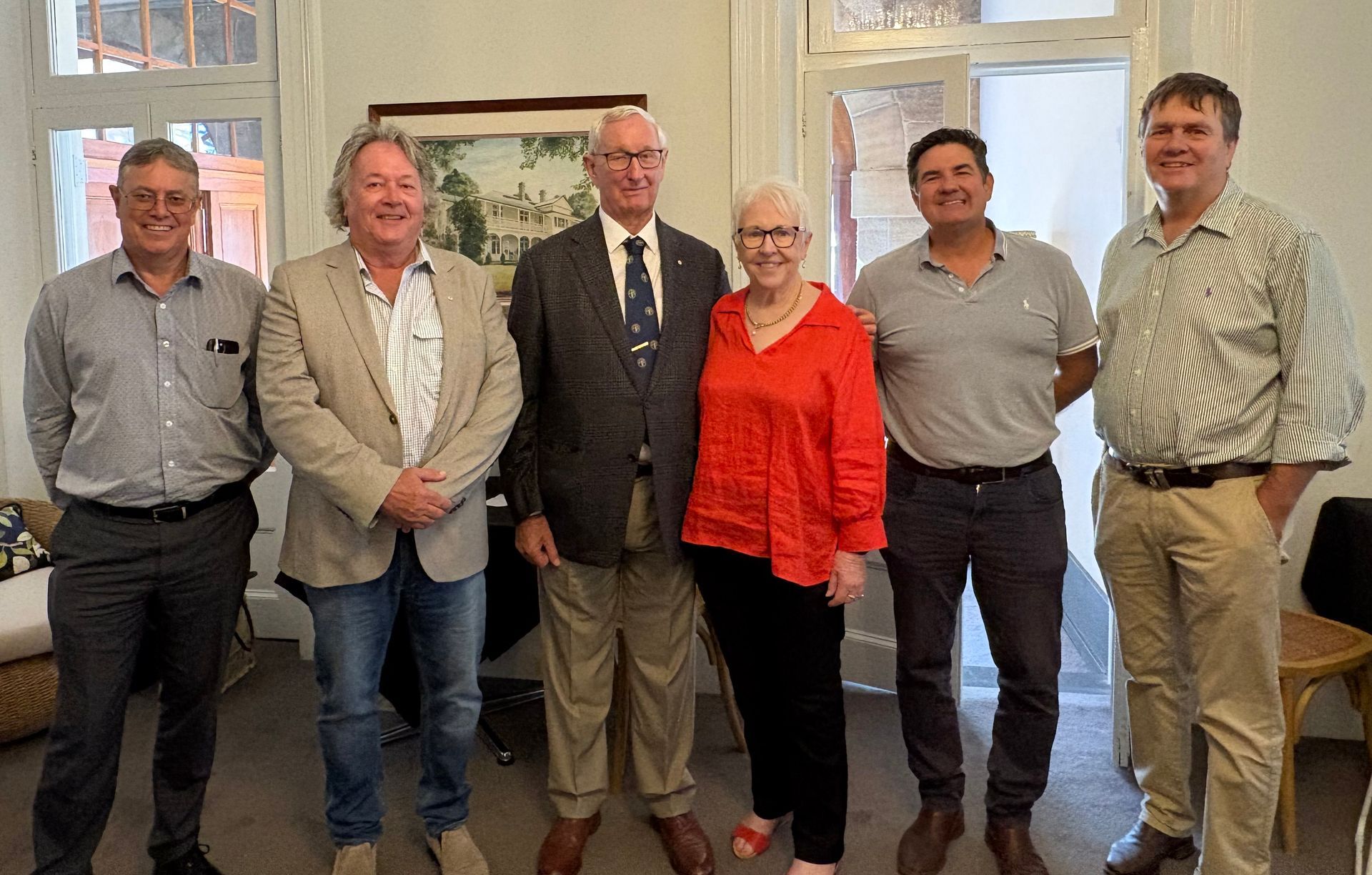
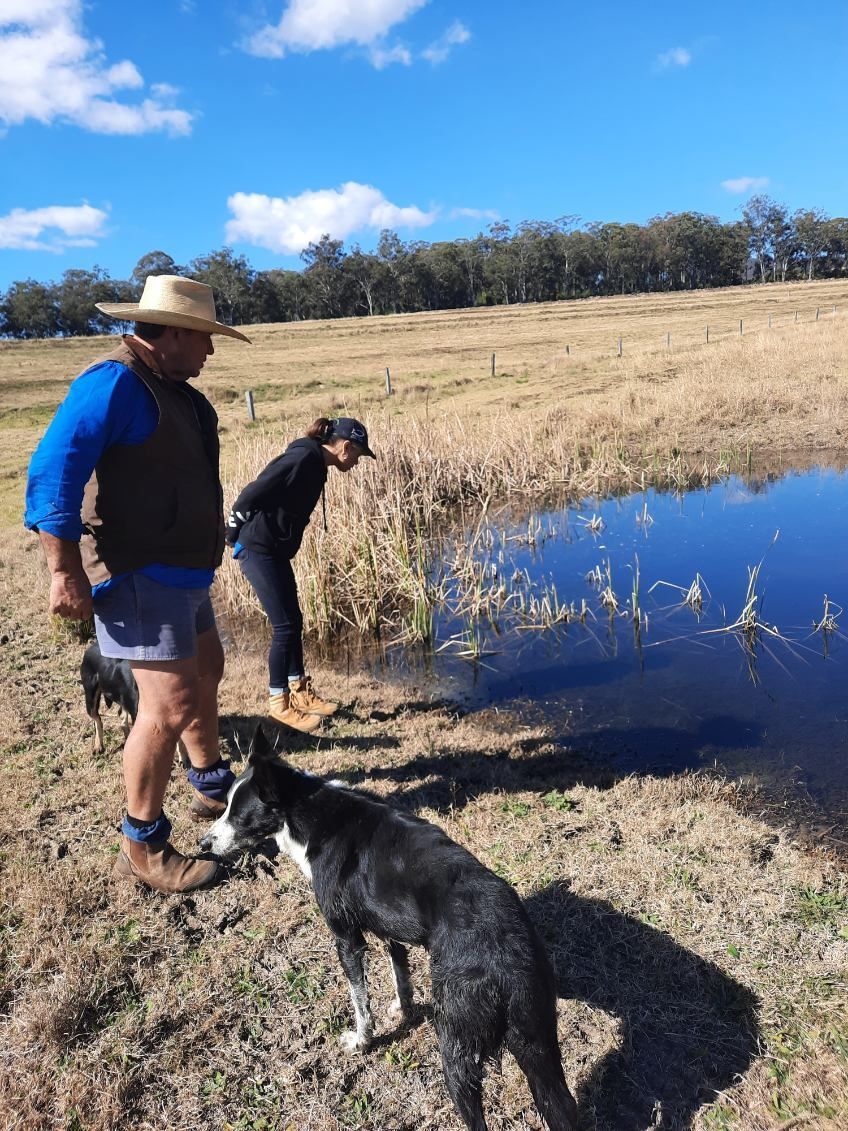
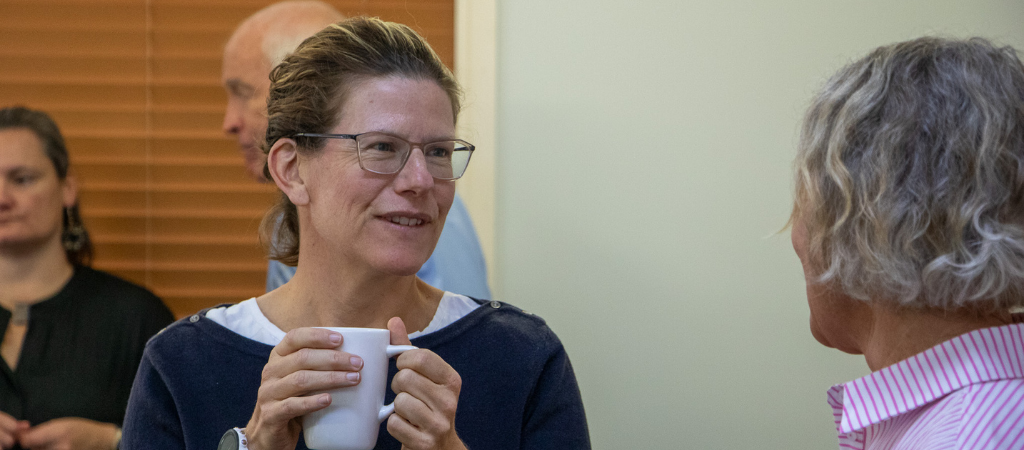
CONTACT
ADDRESS:
Toowoomba - 266 Margaret St. QLD 4350
Roma - 21 Major St. QLD 4455
Charleville - 92 Alfred Street. QLD 4470
St George - 1/11 Grey Street. QLD 4487
CONNECT
LOCATIONS
- 266 Margaret St, Toowoomba City QLD 4350, Australia 266 Margaret St, Toowoomba City QLD 4350, Australia
- 21A Major St, Roma QLD 4455, Australia 21A Major St, Roma QLD 4455, Australia
- Park St, Charleville QLD 4470, Australia 92 Alfred St, Charleville QLD 4470, Australia
- 48 Stockyard St. QLD 4490. Cunnamulla, 48 Stockyard St, 4490, QLD, Australia
- 1/11 Grey Street. QLD 4487 11 Grey St, St George QLD 4487, Australia
